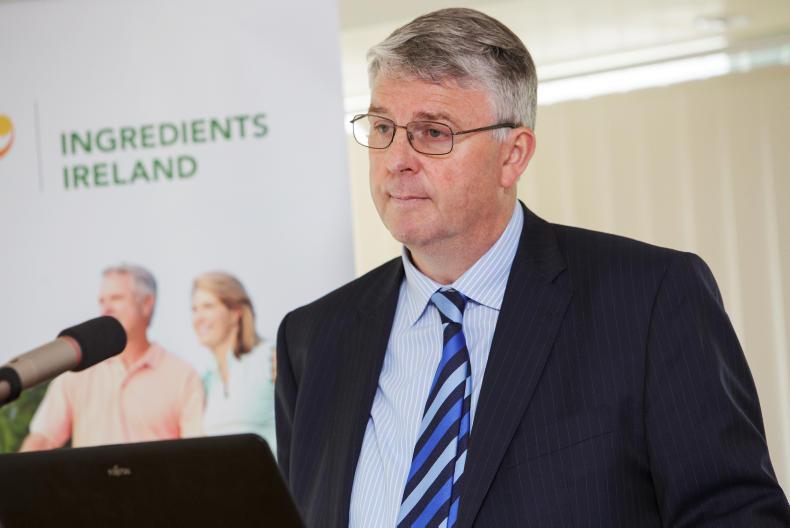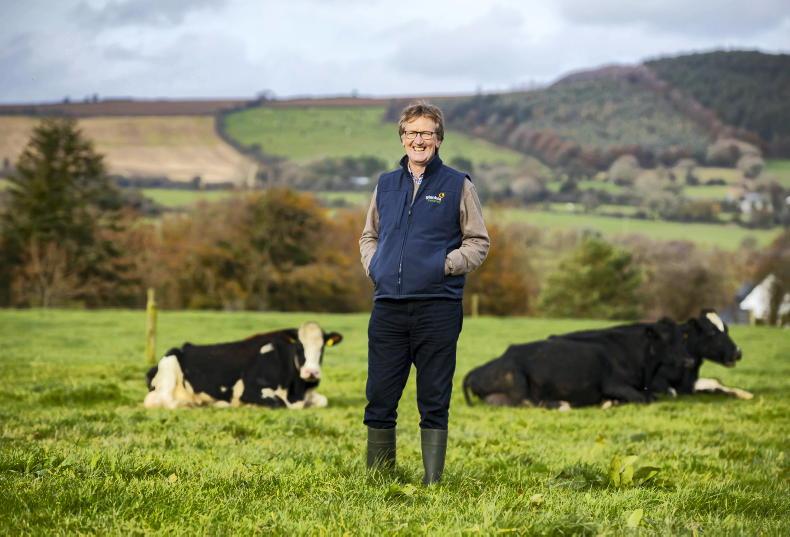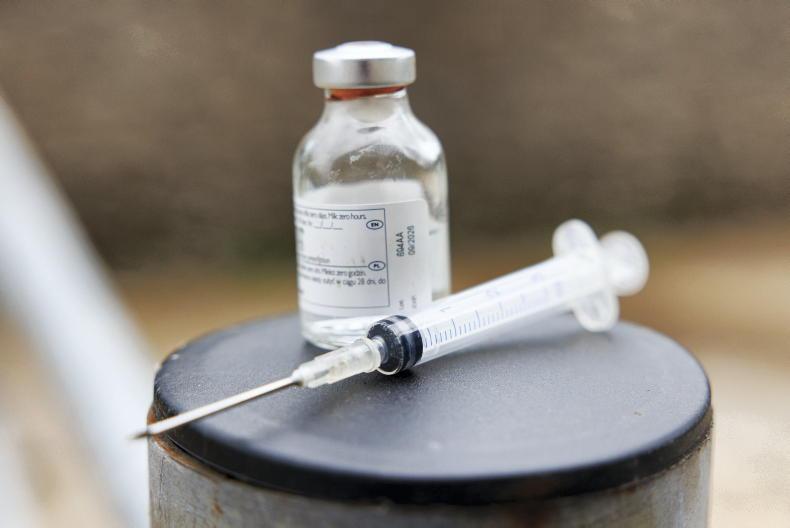How was 2019 for Glanbia Ireland?
It has been a year of very significant achievement. We processed 2.9bn litres of milk last year, which was up 7.4% on the previous year. Last year, we paid over €1bn to farmer suppliers for their milk, which is a very significant sum of money and about €50m more than we paid out in 2018. Glanbia exported record volumes of 409,000t of dairy product last year and purchased 293,000t of grain from farmers, which was up 32% on 2018.
How has Glanbia’s milk supply grown since the end of quotas?
Since 2013, we’ve seen our milk supply grow by 63%, or 1.1bn litres, to reach 2.9bn litres last year. Before the end of quotas, our peak was 45m litres of milk in a week. That’s now risen close to 87m litres. In the first week of November this year, we processed 41m litres. So our November milk collections are now almost as big as our old peak supply.
How has that growth in milk supply translated for farmers?
In 2014, we would have paid the average Glanbia milk supplier €139,000 for their milk. Based on the same milk price, the average Glanbia milk supplier is now being paid €204,000 for their milk, because of the growth in productivity on farms. So, the average farmer is getting €65,000 more in output value since 2014.
Last year, we paid over €1bn to farmer suppliers for their milk, which is a very significant sum of money
How has Glanbia invested to meet this growth in supply?
Since the end of quotas, we’ve spent €343m on three major capital investments to meet the growth in supply. We’ve spent over €300m on the Belview site, which now has three dryers operational, and €35m on the Wexford cheese plant. Belview now has the capacity to process over 1.1bn litres of raw milk every year. I think it’s a very significant achievement that we haven’t had to ask our farmers to contribute to this capacity expansion.
What will future growth in milk supply look like?
2020 is the start of a new era, with greater balance needed for environmental factors. And we have to embrace that. Farmers are proud of their farms and they’re not setting out to harm the environment. Any future growth in milk supply will be achieved in harmony with the environment. We won’t have the same levels of growth, but productivity will become key for farmers.
What is your outlook for milk prices in 2020?
We’re saying a milk price in and around the range of 30c/litre in 2020 seems solid for the moment.
Global milk supply growth in 2020 will be moderate at 0.1%. Protein prices have improved substantially in the second half of last year, although fat prices have come back. Oil is close to $70/barrel, which is a positive, but at the same time the global economy is teetering above recession. There’s also a lot more certainty around Brexit now and the US-China agreement has also eased nerves in markets.










SHARING OPTIONS